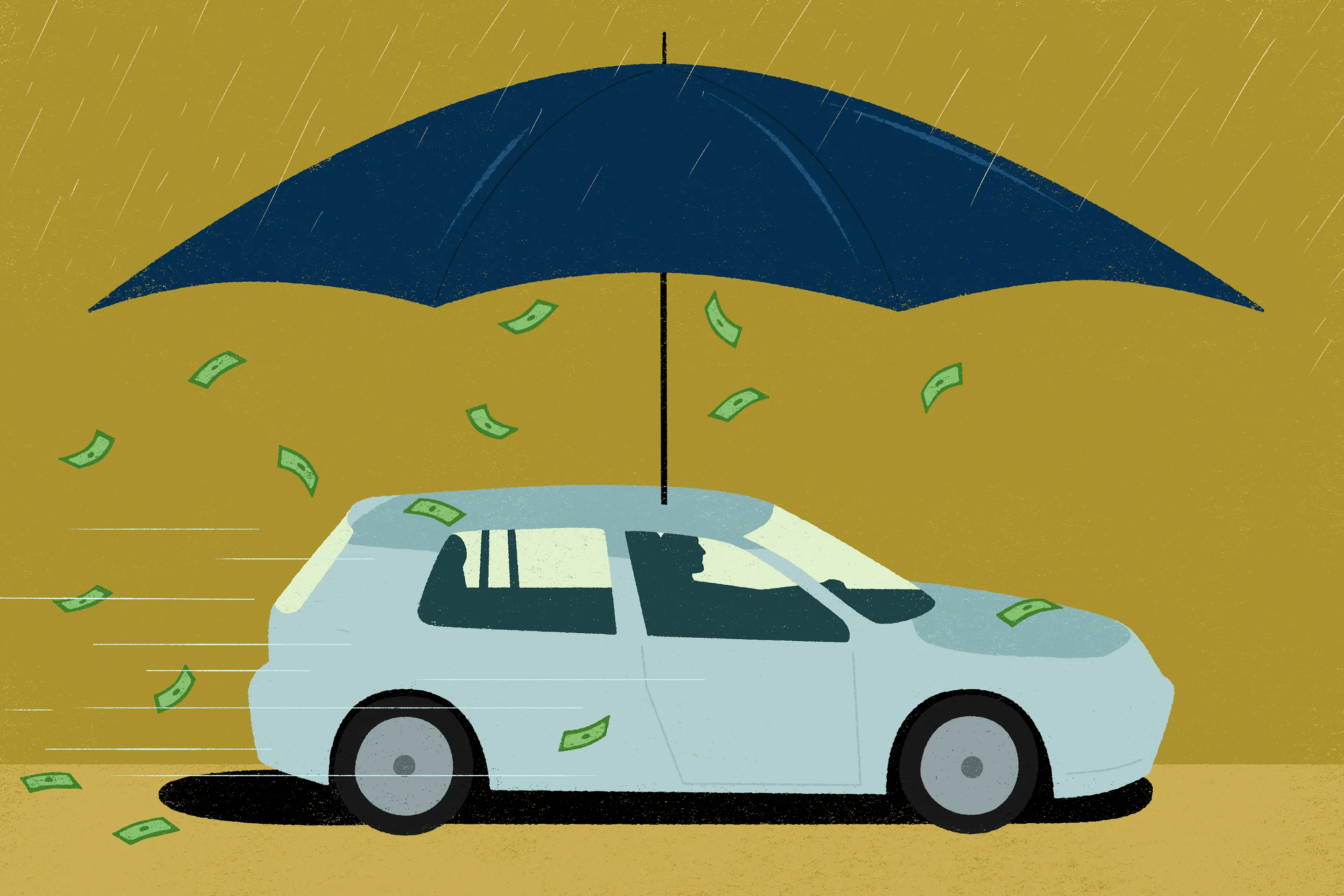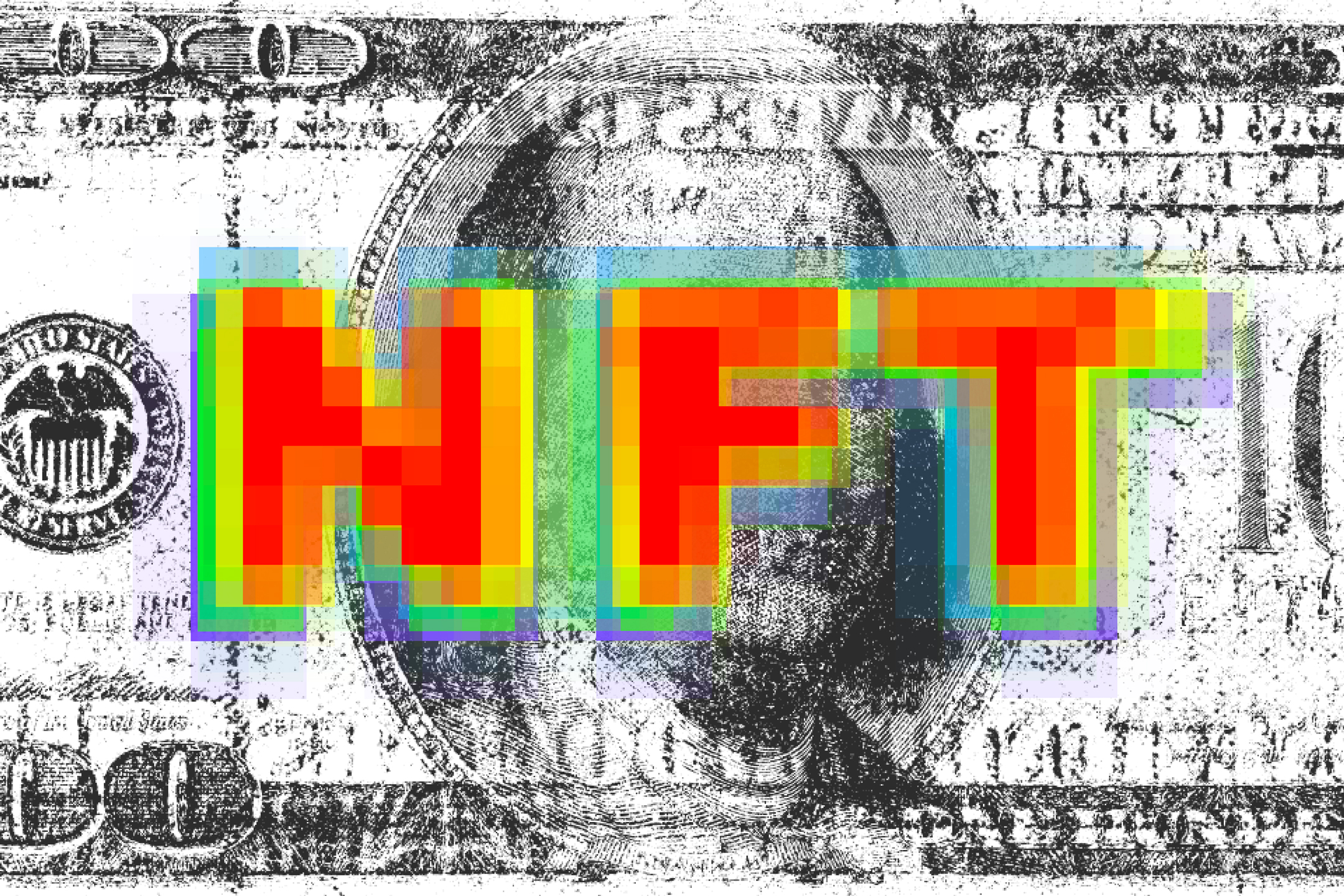What Is a High-Yield Savings Account?

As opposed to a regular savings account, a high-yield savings account features a higher interest rate and generates more returns. Interest rates on high-yield savings accounts can be between 10 and 20 times higher than the national average for standard savings accounts.
What You Should Know:
- The main difference between traditional savings accounts and high-yield savings accounts is that the latter will allow you to earn much more interest. If you’re planning on setting money aside for long-term financial goals, a high-yield savings account will help you get there faster with better returns.
- While an annual percentage rate (APR) takes into account how much your savings account will earn during the year, it doesn't take into account compound interest, which is any interest you'll earn on your accrued interest. An Annual percentage yield (APY), on the other hand, gives you a more complete picture, as takes into account your interest rate as well as the compound interest. The higher your APY, the higher your returns.
- Your APY will not be a static figure and could fluctuate due to factors such as market conditions. If the economy is doing well, your APY can go up. In a recession, though, your APY might take a dive.
A high-yield savings account is a safe place to deposit money to earn a competitive yield. Unlike other methods of generating returns, such as investing in the stock market, putting your money in a high-yield savings account poses little to no risk.
Saving money is a smart way of safeguarding against unforeseen circumstances. So, who would be an ideal candidate for a high-yield savings account? “Everyone is a great candidate,” says Emily Shallal, Senior Director of Innovation and Strategy at Ally Bank. “If you're going to hold cash, you want to seek out a bank that has consistently competitive rates to maximize earnings on that cash,” she added.
Studies have shown that 40% of Americans would be unable to cover a $400 emergency. This statistic further underscores the importance of having savings. With high-yield savings accounts, you have the potential to earn money while you save money. “[Your savings] could be a significant chunk of funds, so you don't want it just sitting around, earning nothing,” says Marianela Collado, certified financial planner and CEO of Tobias Financial Advisors. “The idea is to house those savings in an account that's paying you some yield.”
To ensure that your money is protected, it’s important to only consider banks or credit unions that are members of the Federal Deposit Insurance Corporation (FDIC) or the National Credit Union Administration (NCUA). These federal agencies protect your money against any potential bank or credit union failures, making sure you don’t lose a dime.
How Your High Yield Savings Account Can Serve You
A high-yield savings account can serve a variety of functions. Carefully consider your goals regarding your savings, and whether they are short or long-term.
The following are some of the most common uses for high-yield savings accounts:
Emergency fund
How much money to save in an emergency fund depends on each particular household. Experts agree that six months’ worth of expenses is the way to go. Should you lose your employment, half a year will allow ample time to find a new job.
Mortgage down payment
Depending on the type of loan, you may be required to pay between 3.5 and 20%. Saving up with the help of a high APY can help you reach your goal faster.
Tax reserve funds
For freelancers and self-employed workers, it’s smart to set money aside every month to cover taxes. Even if you’re not a freelancer, but are expecting a big tax payment, saving money toward that obligation can soften the blow by earning interest over time.
Vacation planning
Big family getaways require lots of planning and spending. With a high APY, it could take less time to gather the funds for your vacation.
Other big purchases
Buying a new car, fixing your current one, and even investing in long-overdue home improvements require funds. For these purchases, making a solid financial plan that involves a high-yield savings account may remove some of the strain.
A Quick Note on Inflation
Every year, the cost of living goes up an average of 2%, making goods and services more expensive. This is called inflation, and it reduces the buying power of money over time.
Think about what you could buy with $10 when you were a teenager. Depending on your age, $10 today could buy far less. This is why keeping money under the mattress makes no sense. Over time, the value of that cash will begin to erode and that crispy 100-dollar bill won’t be worth the same by this time next year.
A high-yield savings account with a profitable APY could help your money keep up with inflation and retain its buying power years down the line.
What to Look For When Considering a High-Yield Savings Account
When shopping for financial products, pay attention to the fine print. At a glance, a lot of high-yield savings accounts look similar, but it's smart to dig deeper and get more information on the following:
- Interest rate. How much will your interest-bearing account pay? When evaluating the rate, find out if there are any strings attached. Do you need to meet certain threshold requirements for the advertised rate to be honored? Furthermore, always check if the rate is subject to change after an initial period.
- Initial deposit requirements. Some financial institutions require a minimum initial deposit to open an account.
- Minimum balance requirements. While some banks waive minimum balances, others are strict about enforcing them. So much so, that failure to reach the required balance can be met with a fee. Another possibility is that you simply won’t earn a return on your money until you meet the requirement.
- Potential fees. Find out about any and all fees and what the requirements are to have them waived, if possible. In some cases, you may be required to pay a monthly fee, but that could be offset with a higher yield.
Carefully consider these factors to make a better-informed decision about which bank should house your account.
“[I am] a firm believer in looking at the total experience of what a savings account can bring,” says Shallal. “As people seek out where to put their savings, they should look for an experience that aligns with where they are financially.”
Differences Between Traditional and Online Banks
Traditional banks with brick and mortar branches can be a better option for those who prefer face-to-face assistance and being able to deposit and withdraw cash. That said, their return rates tend to be lower than those offered by online banks.
Whereas online banks don’t have physical locations, they offer the convenience of banking from a computer or mobile device. And while their limited (or nonexistent) ATM network can be a deal-breaker for some, banking quickly and getting more returns can outweigh the cons.
How To Get Returns from your High-Yield Savings Account
A high-yield savings account offers key benefits, from the opportunity to make your money grow over time with little risk, to the federal government’s protection of that money. That’s why savings accounts should be regarded differently than, for example, checking accounts.
The following are some best practices to get the most out of your account:
- Keep an eye on your APY. Monitor your yield regularly to make sure it’s not decreasing without your knowledge.
- Keep withdrawals to a minimum. If you can avoid it, do not make withdrawals that will deflate your account’s ability to generate earnings.
- Never fall below the balance requirement. Doing so might result in a fee, further eroding the prospects of gaining decent returns.
- Automate your deposits. Start out small and, once you get comfortable, slowly increase the amount. In time, you might even forget these automated deposits are happening in the background and working to your benefit.
In regard to automation, setting up monthly deposits to your high-yield savings account is a smart way to see a consistent increase in balance and returns. “If you can set it and forget it, you make a decision once that continues to pay in perpetuity,” says Shallal. “It is the most essential thing for a savings strategy. Just making that one solid decision to take action today pays off materially for people.”
Savings can be hard at first, but once you adjust your budget and grow comfortable with setting money aside, you will begin to reap the benefits of a high yield. If your savings are deemed an emergency fund, try not to make withdrawals unless you’re faced with an actual emergency. “The idea is that you're not touching [your savings] unless you absolutely need to, like if your roof breaks and you need to get it repaired right away,” says Collado. “The idea is to not touch [your savings]. That's why they're paying you that yield.”
How To Open a High Yield Savings Account
Opening your high-yield savings account should be a simple and fast process that can be carried out online. Be sure to have your personally identifying information at hand; everything from your Social Security number to your driver’s license, and the numbers corresponding to your checking account if you wish to link it with your savings.
If you already have an account at the financial institution where you are opening your savings account, the process should be even simpler considering your identity and personal information have already been validated.



